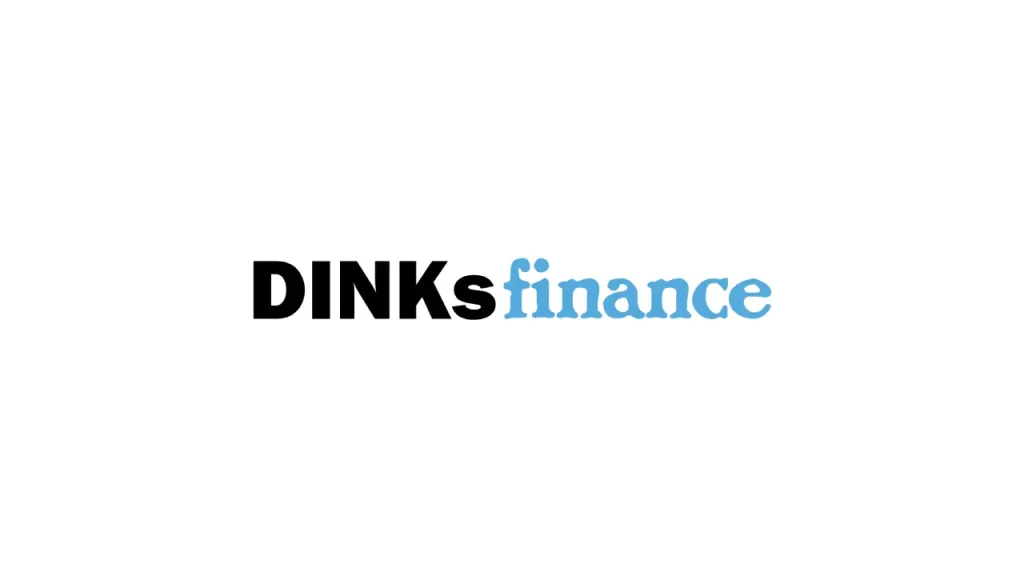
The housing market has long been a barometer of economic health, reflecting the financial stability and aspirations of many individuals and families. Over the years, it has experienced its fair share of ups and downs, with factors like interest rates, economic cycles, and demographic shifts shaping its trajectory. As we move further into the 21st century, the housing market’s future is a topic of great interest and concern.
In this article, we will explore key trends and predictions that are likely to shape the housing market in the coming years.
Demographic Shifts
Demographic changes are one of the most influential factors in the future of the housing market. The baby boomer generation’s aging and the millennial generation’s rise are reshaping housing preferences and needs. Baby boomers are increasingly looking to downsize or explore retirement communities, while millennials are entering the market with a focus on affordability, sustainability, and technology integration. This generational shift will drive demand for housing, further influencing the market’s direction.
Technology Integration
Technology has infiltrated every aspect of our lives, and the housing market is no exception. Smart homes equipped with Internet of Things (IoT) devices are becoming increasingly popular, allowing homeowners to control their environment with the touch of a button. As technology advances, we can expect even more innovative solutions in the housing sector, which will affect property values and buyer preferences.
Urbanization vs. Suburbanization
The COVID-19 pandemic accelerated a trend toward remote work and redefined the importance of proximity to the workplace. As a result, we have seen a shift in housing preferences, with some individuals leaving crowded urban centers in favor of suburban or rural living. However, this trend may not be permanent. The future of the housing market will depend on whether remote work remains a prominent feature of the job market or if the appeal of urban living resurges.
Environmental Sustainability
Sustainability is no longer a niche concern; it’s a mainstream priority. Homebuyers are increasingly interested in energy-efficient homes and environmentally friendly features. Solar panels, efficient insulation, and eco-friendly building materials are becoming more common in new constructions. Cities and governments are also implementing green initiatives and regulations that impact housing development. Therefore, realtors may need to meet the growing demand for sustainable living.
Interest Rates
Interest rates have a significant impact on the housing market. Most banks now offer loans to their most creditworthy customers, giving them an edge when applying for mortgages. Therefore, while the Federal Reserve’s monetary policy is vital in determining these rates, borrowers must also understand the prime rate meaning to respond to economic conditions, inflation, and market forces.
Homebuyers and investors closely monitor these rates, as they directly affect the affordability of mortgages and the attractiveness of real estate as an investment. Any shifts in the prime rate can have ripple effects throughout the housing market, impacting demand and prices.
Affordable Housing Crisis
The issue of affordable housing remains a pressing concern in many parts of the world. In the face of rising home prices and stagnant wages, many individuals and families struggle to find suitable housing. Government policies, such as subsidies and affordable housing initiatives, will be pivotal in addressing this crisis. Developers and investors will also need to explore innovative solutions to increase the availability of affordable housing options.
Rental Market Dynamics
While homeownership is a major focus in discussions about the housing market, the rental market also plays a crucial role. The rental market dynamics are closely linked to economic factors and changing demographics. As more people choose to rent rather than buy, the demand for rental properties can fluctuate. Understanding these trends and their implications will be essential for both landlords and tenants in the evolving housing landscape.
Government Policies and Regulations
Government policies and regulations have a profound impact on the housing market. These can include zoning laws, tax incentives, and property development and rental property regulations. Changes in government policies can either stimulate or constrain the housing market. For example, policies aimed at reducing bureaucracy and streamlining construction approvals can encourage housing development, while changes in tax laws can influence property investment decisions. Staying informed about evolving policies and regulations will be critical for all stakeholders in the housing market.
Global Economic Trends
The housing market is not isolated from global economic trends. International economic factors such as trade agreements, geopolitical stability, and exchange rates can influence real estate investments. Investors and developers should consider global economic conditions and their impact on housing demand, especially in regions influenced by international factors.
Conclusion
The housing market’s future is shaped by a complex interplay of factors, including demographics, technology, urbanization, sustainability, interest rates, affordability, rental dynamics, policies, and global economics. Navigating these influences will be key to its ongoing success.


No Comments yet!